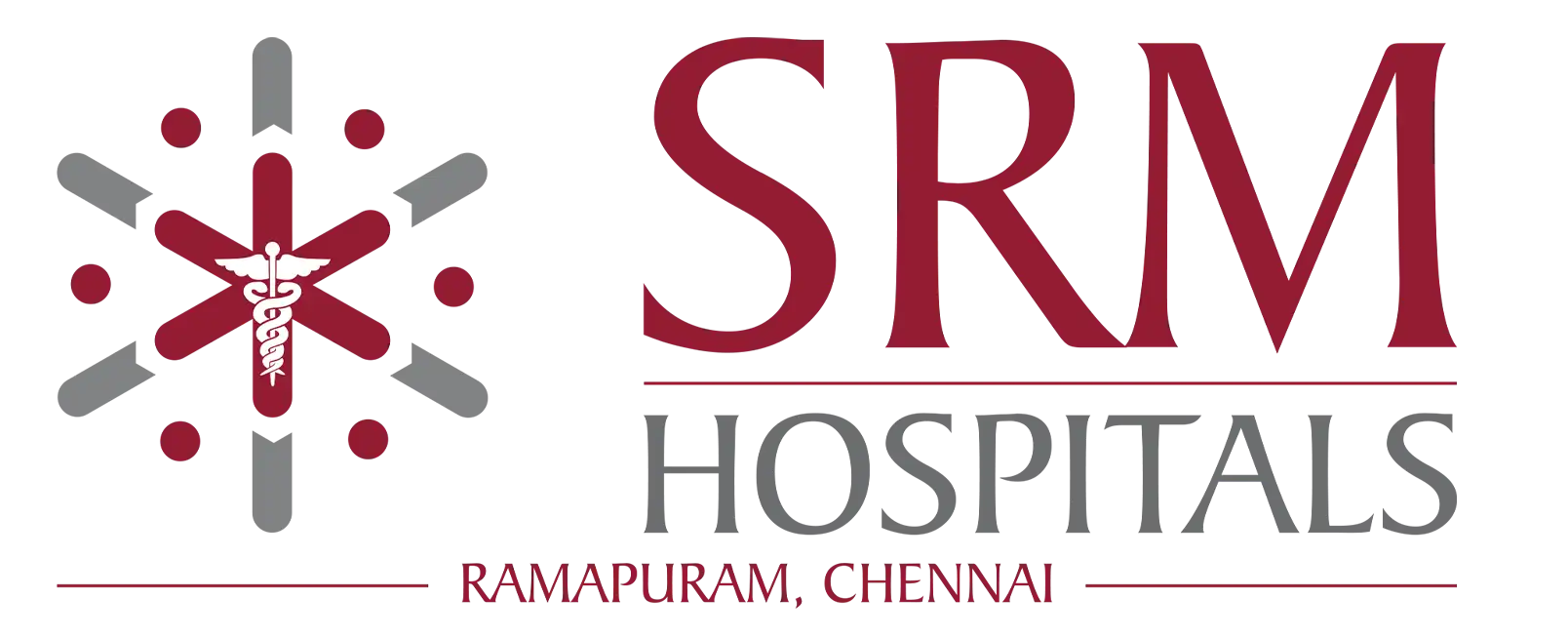What is
Coronary Artery Bypass Grafting Surgery (CABG) ?
What is Coronary Artery BypassGrafting Surgery (CABG) ?
It is the treatment for Coronary Artery Disease (CAD), which is the condition where the important arteries of a person’s circulatory system are blocked due to fatty build-up on their walls, resulting in reduced oxygenated blood flow to the body. In this procedure, the blocked portion of the artery is ‘bypassed’ with a portion of a healthy artery, taken from elsewhere in the body. This is called a ‘graft’ one end of this graft or healthy artery is attached above the block and the other end below the block. The purpose of this graft is to act as an alternative route for the blood to pass through. Blood skips or bypasses the blocked artery and enters into the healthy portion thus, not getting reduced in volume.
- Right Heart Catheterization (RHC)
- Left Heart Catheterization (LHC)





